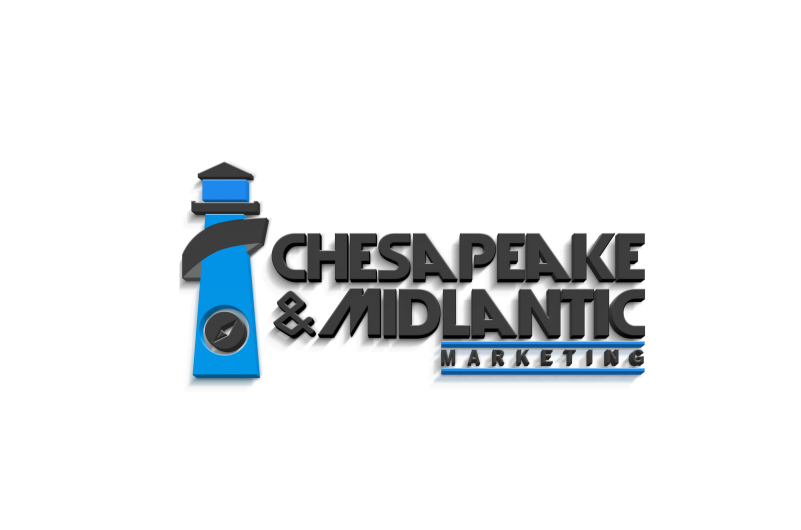
On Tuesday night, CNN was reporting that the Texas jail where Sandra Bland was found dead in her cell following a controversial arrest, reportedly tested their 'motion based' surveillance recording equipment to make sure that no one could 'slip past' the cameras without triggering recording.
Initial reports state the system was working and programmed properly. But what if it wasn't working properly? What about the other cameras in the system? What if your facility has 100 or 1000 cameras? How often are the parameters tested and verified to be working properly?
The question remains, why in today's security technology setting do end users still need to record video based on motion events?
Historically, many security professionals used this capability in order to extend the length of time that their hard drives could retain recorded security video. Retaining video for long periods of time, even for just a week or two, was very expensive.
Today, the cost of hard drive space is negligible compared to only a few years ago. "Moore's law" is the observation that, over the history of computing hardware, the number of transistors in a dense integrated circuit has doubled approximately every two years. Assuming the same can generally be said about the efficiency and evolution of storage hard drives for security systems, why would one continue to record based upon simple motion detection. Is it 'the way we've always done it'? Are there other factors at play?
If the same, old cameras were used there would be a simple answer: replace the recording equipment with new, efficient hard drives, and set the system to record 24x7x365.
The challenge is that the technology inside of the cameras is changing as fast as the transistor density in your computer and the hard drive storage capability (and cost) of security system hard drives. Thus, each is demanding more of the other as technology evolves.
In the end, each security professional has to ask their stakeholders if recording on motion is the best solution for their facility. What is the liability if 'motion based recording' fails to detect and record an incident? As you add more cameras to the system and demand more days of storage retention, these questions get harder to answer.
Our team is here to help make an educated, informed decision about your security system expectations before you have a critical event at your facility.
Contact us for Expert Security Advice






